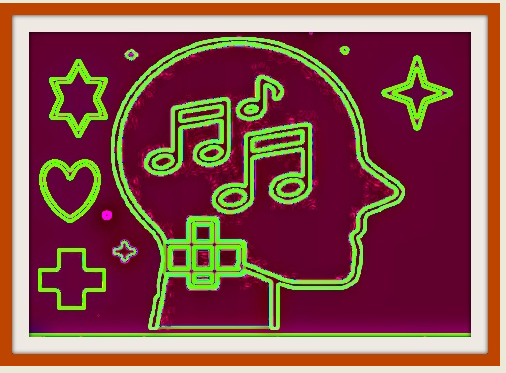Neurologic Music Therapy: Approach and Challenges
Neurologic Music Therapy: Approach and Challenges
Current valid musical therapeutic approaches are based on the neurologic music theory and music-guided imagery interventions to mitigate behavioral-emotional disorders. Some recent journals report studies related to behavioral music therapy, cognitive-behavioral music therapy, and psychodynamic music therapy interventions in the research literature.
According to an AI Overview, music therapy is the clinical and evidence-based use of music interventions to address physical, emotional, cognitive, and social needs. It involves a therapeutic relationship where a qualified professional uses music to help individuals achieve non-musical goals. This can include activities like singing, playing instruments, listening to music, and songwriting, all tailored to the individual's needs and preferences.
Neurologic Music Therapy Services of Arizona inform that therapist use standardized techniques to address non-musical goals such as speech, physical movement, cognition and other functional abilities. The therapist focuses on the music as therapy, emphasizing specific elements of music in the construction of therapeutic exercises in order to optimize function and/or reroute neuropathways to achieve functionality.
However, with each client, the intervention is designed with the contextualized goals as per the diagnosis. The intervention also requires mid-course corrections and fine-tuning to maximize benefits.
Furthermore, the music therapist has an ongoing responsibility of prognosis to evaluate the progress of the client in achieving the goals of the designed therapy and adjust the intervention. It is possible that the designed therapy during the test trial may be hindering the client. So, therapist has to be honest and open-minded to refine the intervention.
The neurologic music therapy is highly scientific and is carried out in consultation with neuro-scientists to measure the effect of designed intervention by the therapist on functional changes in non-musical parts of the brain as well as the changes in the overt behavior functions of the client.
The basic assumption of neurologic music therapy, as stated by Michael Thaut, is that 'The brain that engages in music is changed by engaging in music.'
Neurologic music theory driven interventions first study how the brain is wired without music through brain scanning. Thereafter, by trialing the musical intervention, it is found how the brain is getting rewired with music therapy. The differences are measured and discussed to assess the non-musical gains of the music therapy intervention. Even, the client's responses like tapping of fingers, head swaying, foot tapping or patting of body parts are recorded for prognosis.
Music therapy should never be equated to playing music for mere relaxation, listening to music, imitating music or one being taught by a musician. The myths and misconceptions about conventional and popular music as a healing intervention are needed to be busted. Lack of availability of trained, certified and licensed music therapists is another challenge.




Comments
Post a Comment